Gyeongju Daereungwon Ancient Tomb Complex (경주 대릉원 일원)
5.4Km 2024-10-31
9 Gyerim-ro, Gyeonju-si, Gyeongsangbuk-do
+82-54-750-8650
Gyeongju Daereungwon Tomb Complex consists of five tombs, Ancient Tombs of Gyeongju Nodong-ri, Noseo-ri, Hwangnam-ri, Hwango-ri, and Inwang-ri. The tombs are distributed in Hwangnam-dong, Gyeongju-si, and are located in the Daereungwon area. Within Daereungwon Tomb Complex is Cheonmachong Tomb, which was excavated in 1973. Furthermore, Hwangnamdaechong Tomb was excavated between 1973 and 1975, and is a set of twin tombs belonging to a presumed married couple.
Cheonmachong Tomb (Daereungwon Ancient Tombs) (천마총(대릉원))
5.5Km 2025-05-21
9 Gyerim-ro, Gyeongju-si, Gyeongsangbuk-do
+82-54-743-1925
Daereungwon Ancient Tombs are one of the most well-known sights in Gyeongju, a history park home to 23 small and large ancient tombs. The area is dotted with tranquil trails among the tombs like the largest tomb in Hwangnam-dong, Hwangnamdaechong Tomb; Cheonmachong Tomb, the place where Cheonmado, a saddle flap painting, was excavated from; and the tomb of King Michu, nicknamed the “Tomb of the Bamboo Warrior.”
Cheonmachong Tomb, excavated in 1973, has a x_height of 12.7 meters and a diameter of 50 meters. Its excavation unearthed many artifacts, such as the famous Gold Crown from Cheonmachong Tomb. Its name comes from Cheonmado, a mudguard saddle flap with a painting of a heavenly horse. Cheonmachong Tomb is the only tomb in the Daereungwon Ancient Tombs to be opened to the public.
The tomb is thought to have been constructed between the late 5th century and early 6th century. Artifacts excavated from the tomb include a gold crown, gold cap, gold waist belt, gold diadem, and gilt-bronze shoes worn by the buried. The gold crown, in particular, is known as the largest and the most elaborate of all gold crowns unearthed in Korea. The artifacts themselves can be found in Gyeongju National Museum, so don’t miss the chance to see them in person.
Another must-visit site is the Daereungwon Magnolia Photo Area, a lone magnolia tree standing between the beautiful curves of ancient tombs.
SOSEOLJAE (소설재(첨성대점))
5.5Km 2024-08-01
46 , Poseok-ro 1050beon-gil, Gyeongju-si, Gyeongsangbuk-do
+82-10-2237-6560
Located on a side street in Cheomseongdae in Gyeongju, Gyeongsangbuk-do, Soseoljae is a hanok stay combining traditional charm with modern facilities.The larger stand-alone guestroom has its own tea room, while 11 other rooms accomodate 2 or 3 people. All rooms are equipped with a toilet/bathroom and air conditioning/heating, and there is a small cafe at the hanok entrance. Soseoljae is close to Gyeongju Station and Gyeongju Express Bus Terminal and tourist attractions such as Cheomseongdae, Daereungwon, and Hwangnyongsaji are also nearby.
Gyeongju Jungang Market (경주 중앙시장)
5.5Km 2025-05-21
295 Geumseong-ro, Gyeongju-si, Gyeongsangbuk-do
+82-54-743-3696
Opened in 1983, Gyeongju Jungang Market is the main marketplace for Gyeongju locals. Nearly 700 stores selling clothing, oils, rice cakes, vegetables, general goods, and meat operate with some 2,000 vendors. The market is open nearly every day, with the busiest days being those ending in a 2 or 7. The night market, open from Thursday to Sunday, is especially popular among both tourists and locals.
Gyeongjuhyanggyo Local Confucian School (경주향교)
5.5Km 2025-06-12
27-20 Gyochonan-gil, Gyeongju-si, Gyeongsangbuk-do
Gyeongjuhyanggyo Local Confucian School is located near Gyochon Hanok Village in Gyeongju. The surrounding areas, Gyochon, Gyori, and Gyodong, derive their names because of this school. Although the exact date of its original construction is unknown, Gyeongju Hyanggyo was renovated during the reign of King Seongjong of the Joseon Dynasty, modeled after Seoul’s Seonggyungwan National Academy. The buildings follow the typical Confucian layout of “hall in the front, shrine in the back.” While seowon were private academies, hyanggyo were public institutions. Although it no longer serves the educational purpose, every spring and autumn it hosts traditional Confucian rituals. It also offers cultural programs such as tea ceremonies, rice-cake pounding, and archery. From April to October it hosts traditional Korean-style demonstration weddings, where visitors can participate in the ceremonies for free.
Gyeongju Soohojeong (경주수호정)
5.5Km 2024-12-19
15-15 , Poseok-ro 1068beon-gil, Gyeongju-si, Gyeongsangbuk-do
+82-54-772-5871, +82-10-2379-7248
Suhojeong hanok guesthouse stands right in front of the Daereungwon Silla tombs, in Gyeongju, Gyeongsangbuk-do. The house is constructed of traditional materials - pinewood, red clay and straw - and each guestroom has a bathroom with toilet. In the spacious yard is a stone table where visitors can rest and chat. Transport links are excellent, with Gyeongju Station and Intercity Bus Terminal just 5 minutes away on foot. Nearby tourist attractions include Cheomseongdae, Banwol Fort, and Anapji Pond.
Bitgguri (빛꾸리)
5.5Km 2023-07-12
16-1 , Sonhyoja-gil, Gyeongju-si, Gyeongsangbuk-do
+82-54-777-4421
This cafe is located in a small alley near Cheonmachong Tomb (Daereungwon Ancient Tombs), in a renovated old hanok and yard. This place's seating is on the floor, so the traditional atmosphere comes alive. Bitgguri’s signature menu items are grilled saekdong injeolmi (bean-powder-coated rice cake) and tangerine ginger tea. Dig into the colorful rice cakes, grilled and coated with powdered soybeans, and traditional tea to fully enjoy the classic charms of Gyeongju. The rice cake is enjoyed together with a malt syrup called jocheong, a traditional substitute for honey. Tangerine ginger tea is a traditional tea made with tangerine and ginger. It is quite effective for colds and is full of natural vitamins, so one can feel healthy just by drinking the beverage. The café has a garden decorated with traditional earthenware pots and stone fences topped with tiles, allowing one to enjoy a charming view along with the dessserts. The cafe also hosts one-day classes, such as bojagi (square clothes made to be wrapped around items for transportation) making.
Daereungmyojji (대릉묘찌)
5.6Km 2024-04-08
1085 Poseok-ro, Gyeongju-si, Gyeongsangbuk-do
Try the unique combination of beaded ice cream and sweet rice cake, a traditional Korean dessert, at Daereungmyojji on Hwangridan Street near Daereungwon Ancient Tombs. The business offers take-out only, and there are no seats. Three menus are available: mugwort flavor sweet rice cake with pea filling, chocolate flavor sweet rice cake with filling made with Belgian dark chocolate, and sweet rice cake with red bean filling and crispy walnuts. Each serving of sweet rice cakes is cut into three or four pieces and served in a cup. In addition to being a unique dessert, the packaging has a cute rabbit drawing on it. The gift set contains eight pieces, perfect for people who want to enjoy a lot of desserts.
Gyeongju Hwangnidan Street (경주 황리단길)
5.6Km 2025-06-19
1080 Poseok-ro, Gyeongju-si, Gyeongsangbuk-do
Hwangnidan Street was originally known as “Hwangnam Keungil” near Poseok-ro, Hwangnam-dong. Its name comes from the combination of Hwangnam-dong and Gyeongnidan Street in Itaewon, Seoul, meaning the “Gyeongnidan Street of Hwangnam-dong.” The street is home to numerous restaurants, cafes, photo studios, and shops housed in traditional hanok buildings, making it popular among the younger generations in Korea. The street also demonstrates newtro aesthetics due to the remaining old and worn buildings built during the 1960s and the '70s. Hwangnidan Street is near Cheomseongdae Observatory, Daereungwon Ancient Tombs, and other major tourist sites, allowing the street to become a popular Gyeongju attraction as well.
Sugyeongsa (수경사)
5.6Km 2024-04-08
25 Sajeong-ro 57beon-gil, Gyeongju-si, Gyeongsangbuk-do
Sugyeongsa is a fusion Korean food restaurant renovated from a temple and a pond. The entrance is paved with marble and stone, creating a mysterious yet neat atmosphere, and the interior is simple, preserving the original form of a hanok and using white tones. The signature dish here is beef bulgogi with lotus leaf rice. The soy sauce-seasoned Gyeongju beef bulgogi, and lotus leaf rice will work up an appetite. The lotus leaf rice is a combination of rice and mixed grains wrapped in lotus leaves and steamed for an even healthier taste. Seasonal vegetables and side dishes are also provided. Also on the menu are Daereungwon deep-fried cheese, made with cheese rind, and beef brisket japchae pasta with seven kinds of vegetables, perilla seeds, and lotus root chips. A delicious meal can be enjoyed by anyone thanks to the restaurant's reinterpretation of traditional Korean food.
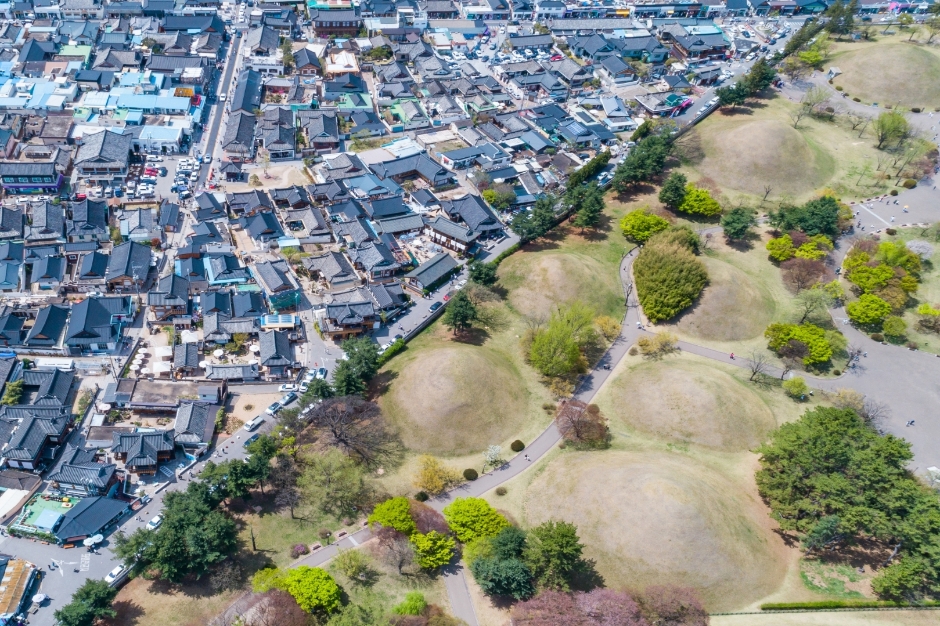
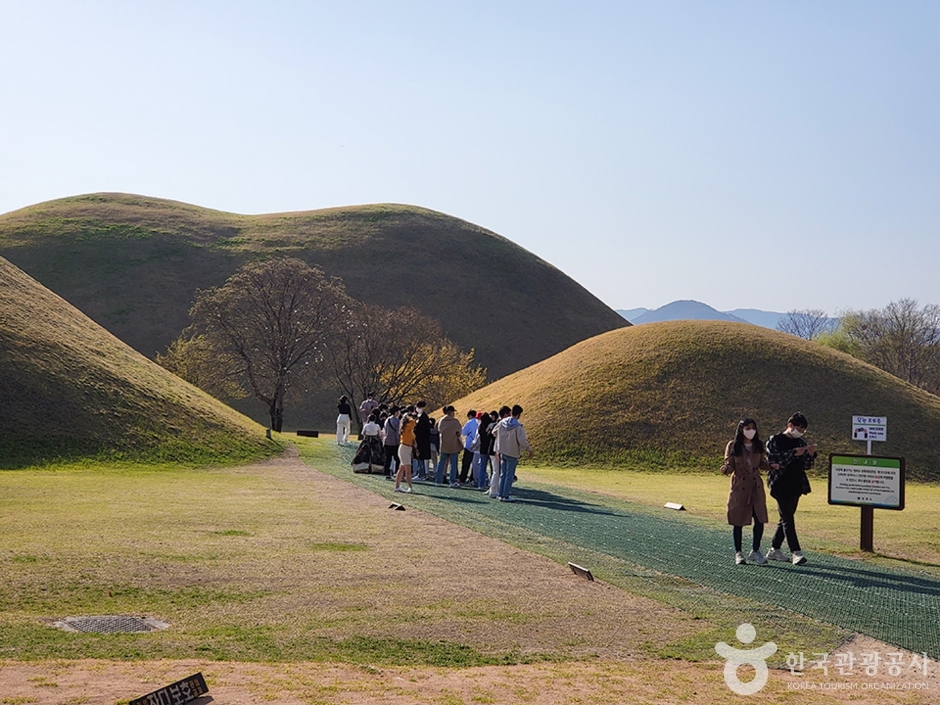
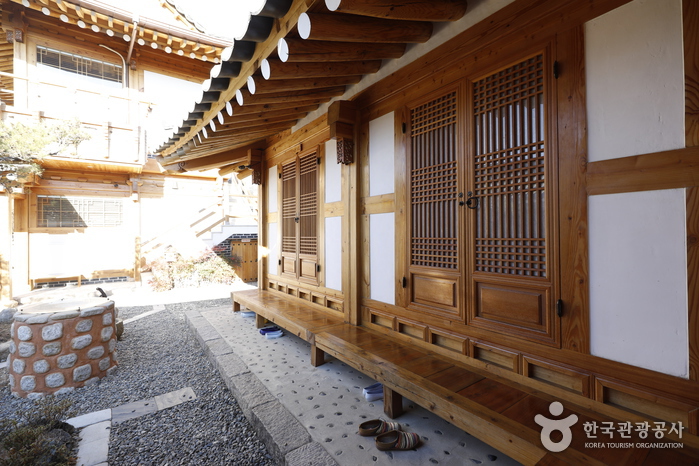
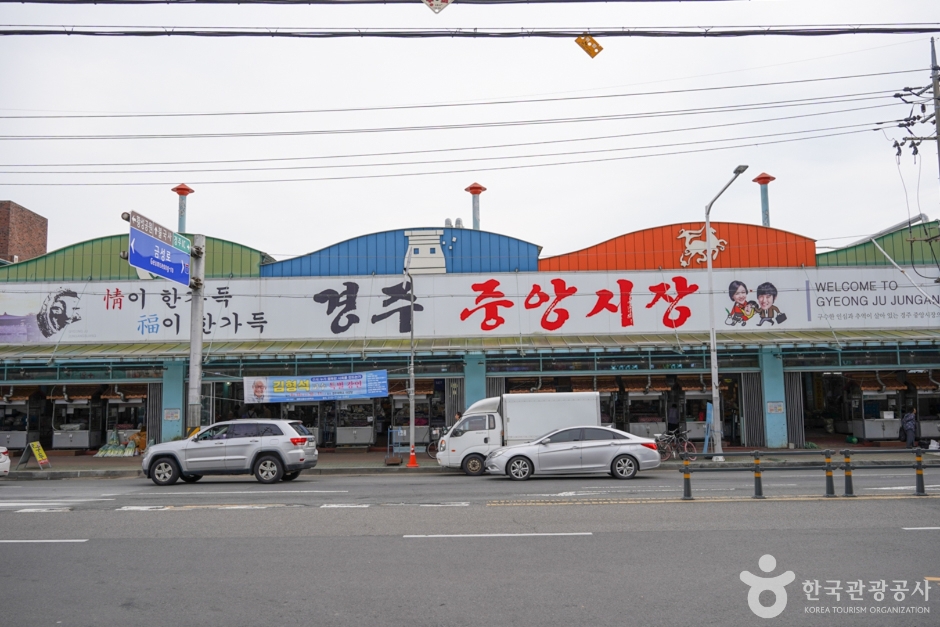

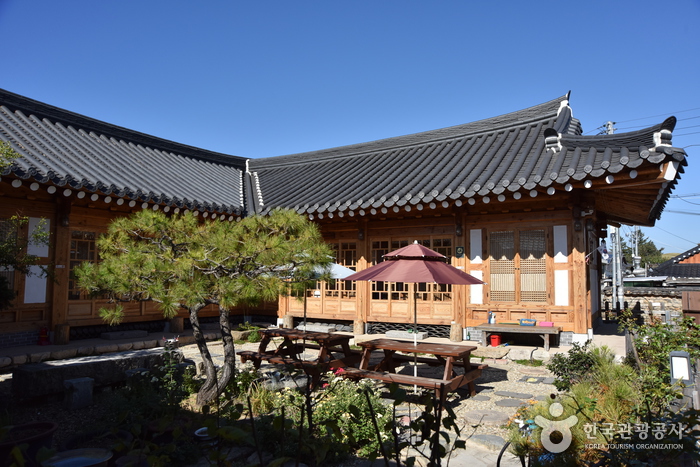
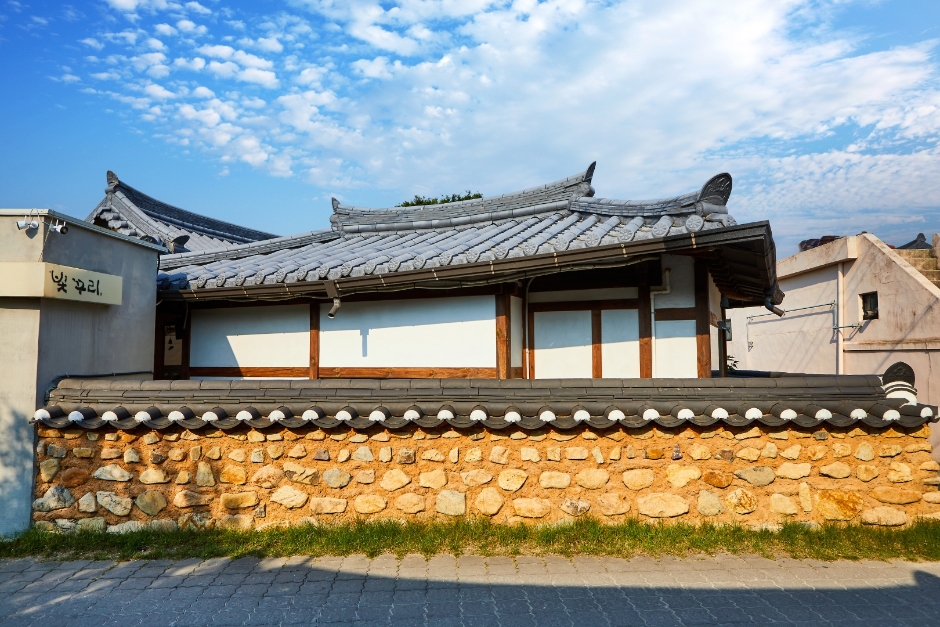
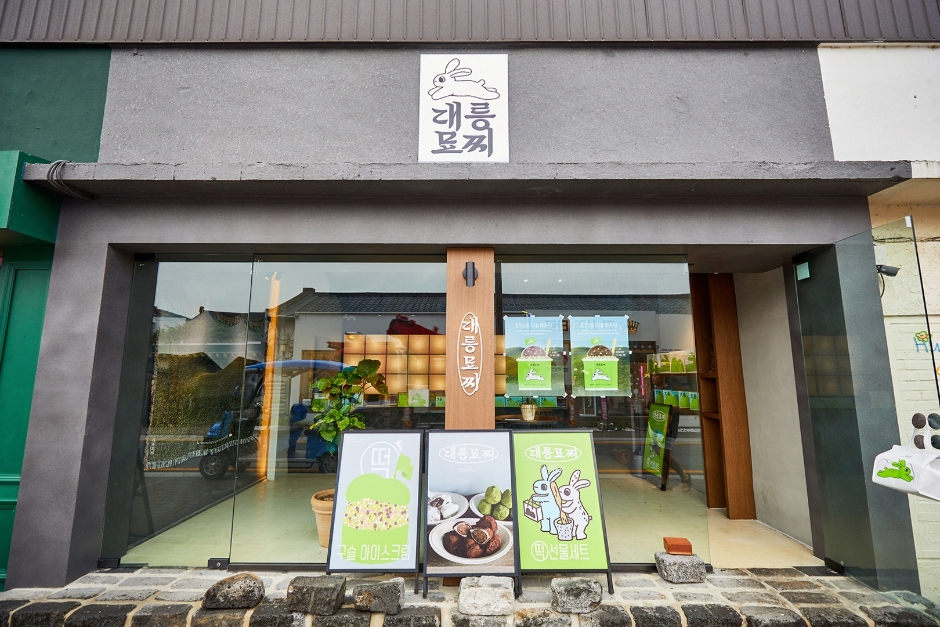
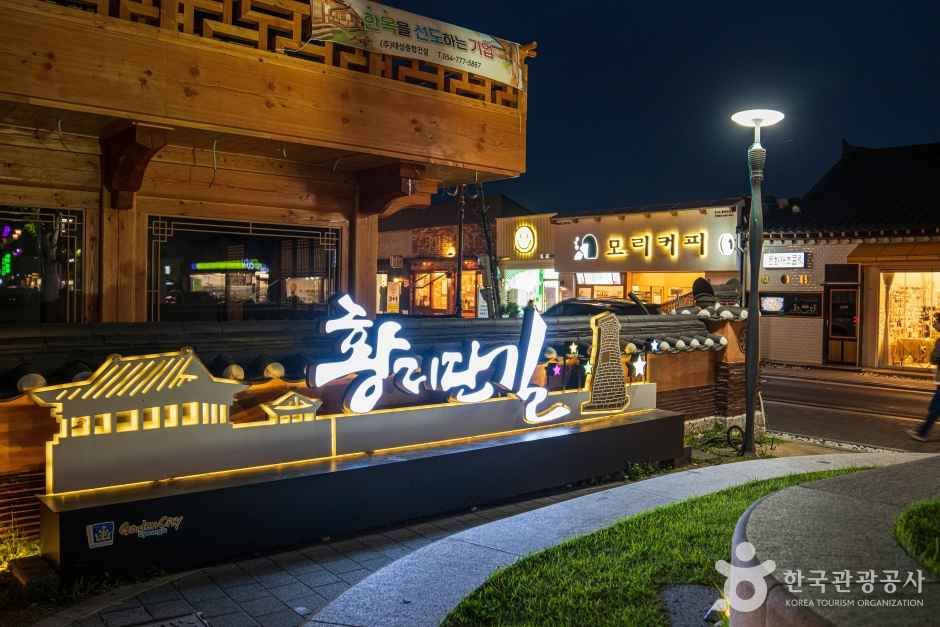
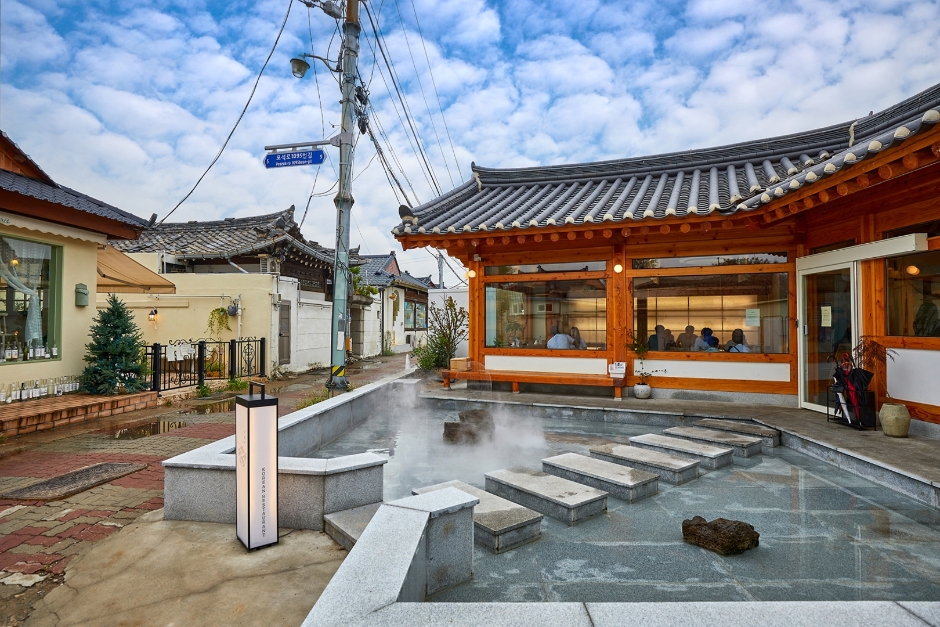
 English
English
 한국어
한국어 日本語
日本語 中文(简体)
中文(简体) Deutsch
Deutsch Français
Français Español
Español Русский
Русский